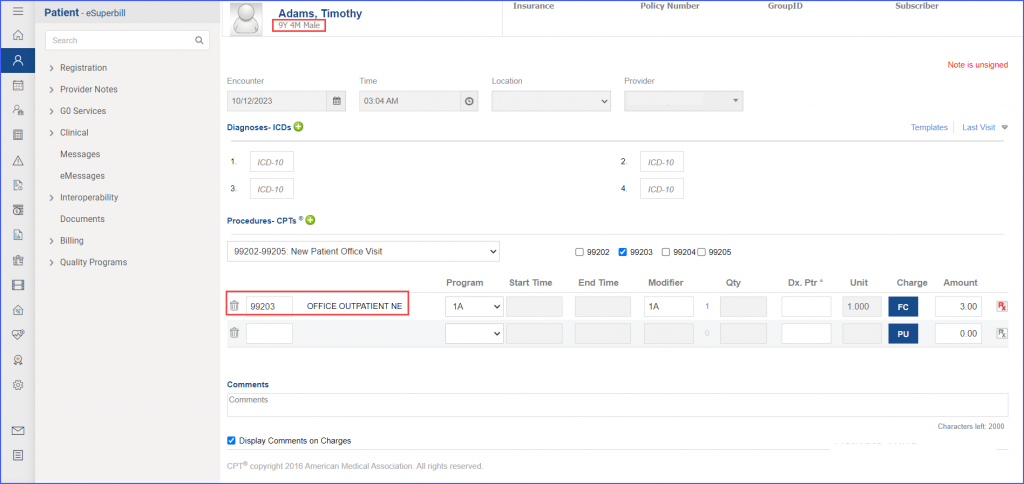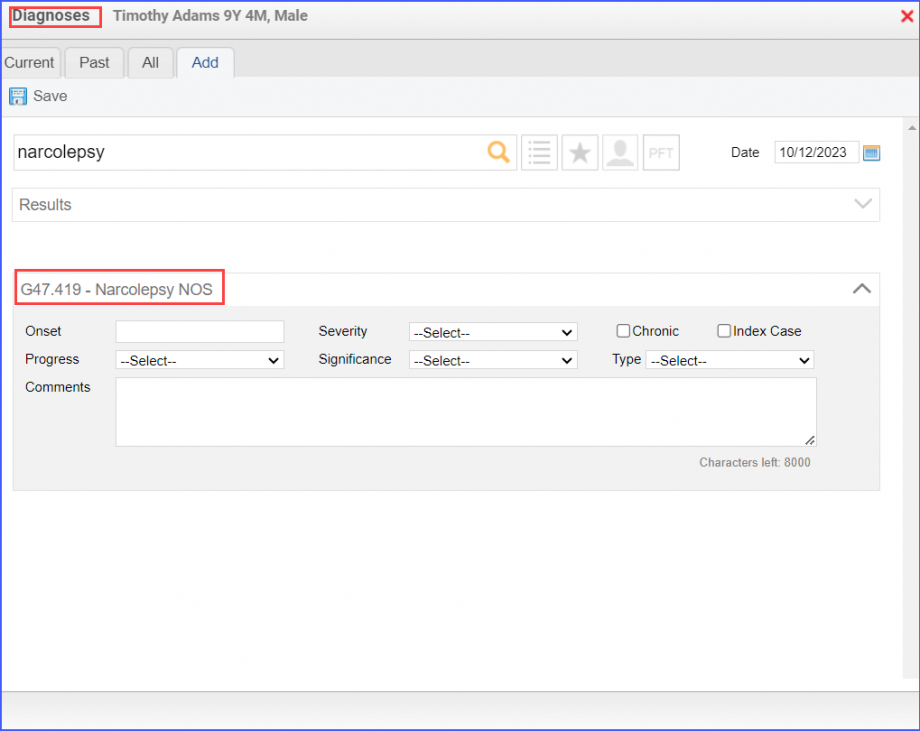CMS136v12 – Follow-Up Care for Children Prescribed ADHD Medication (ADD)
| Follow-Up Care for Children Prescribed ADHD Medication (ADD) | CMS136v12 | Percentage of children 6-12 years of age and newly prescribed a medication for attention-deficit/hyperactivity disorder (ADHD) who had appropriate follow up-care. Two rates are reported:
|
|---|---|---|
| – DENOMINATOR – 1
Children 6-12 years of age as of the Intake Period who were prescribed an ADHD medication during the Intake Period and who had a visit during the measurement period. Children are removed if they were actively on ADHD medication in the 120 days prior to the IPSD, or had an acute inpatient stay with a principal diagnosis of mental, behavioral or neurodevelopmental disorder during the Initiation Phase. Intake Period: The twelve-month period starting March 1 of the year prior to the measurement period and ending the last calendar day of February of the measurement period. A qualifying visit in this case can include any of the following:
|
– NUMERATOR – 1
Patients who had at least one visit with a practitioner with prescribing authority during the Initiation Phase. Initiation Phase: The 30 days following the IPSD. |
|
| – DENOMINATOR – 2
Children 6-12 years of age as of the Intake period who were prescribed an ADHD medication during the Intake Period and remained on the medication for at least 210 days during the 301-day period, beginning on the IPSD through 300 days after the IPSD, and who had a visit during the measurement period. Children are removed if they were actively on ADHD medication in the 120 days prior to the IPSD, or had an acute inpatient stay with a principal diagnosis of mental, behavioral or neurodevelopmental disorder during the Continuation and Maintenance Phase. Continuation and Maintenance Phase: The 300 days following the IPSD. A qualifying visit in this case can include any of the following:
|
– NUMERATOR – 2
Patients who had at least one visit with a practitioner with prescribing authority during the Initiation Phase, and at least two follow-up visits during the 31-300 days after the IPSD (Index Prescription Start Date). Index Prescription Start Date (IPSD): The earliest prescription date for an ADHD medication where the date is in the Intake Period and an ADHD medication was not prescribed during the 120 days prior. A qualifying encounter in both cases can include any of the following:
|
|
| – DENOMINATOR EXCLUSIONS- 1
Patients who fall in the following two categories are not included in the denominator:
|
– DENOMINATOR EXCLUSIONS- 2
Patients who fall in the following two categories are not included in the denominator:
|
|
| – APPLICATION WORKFLOW
For Denominators 1 & 2:

 For Numerators 1 & 2:
For Denominator Exclusions:
 
|
||

